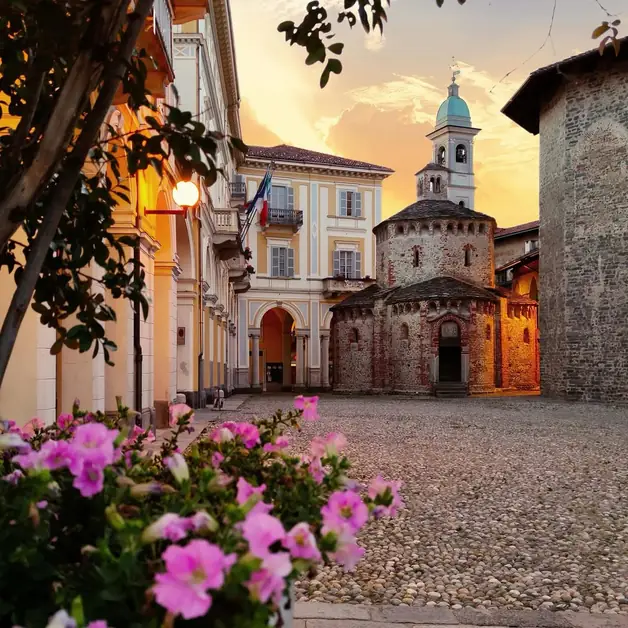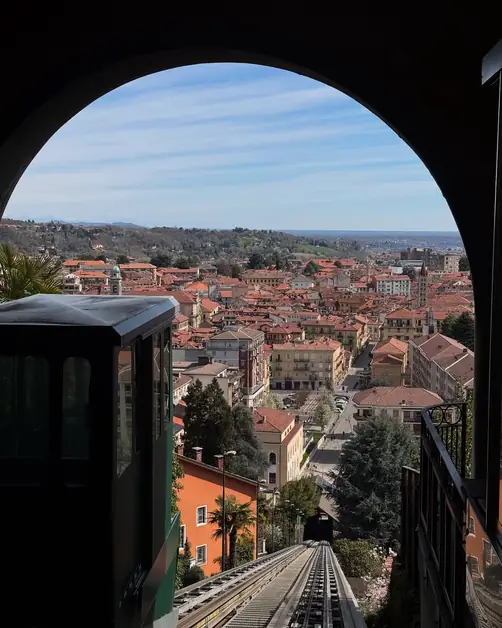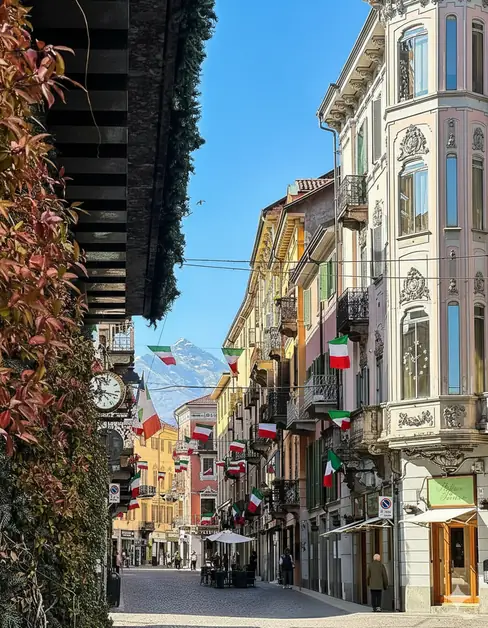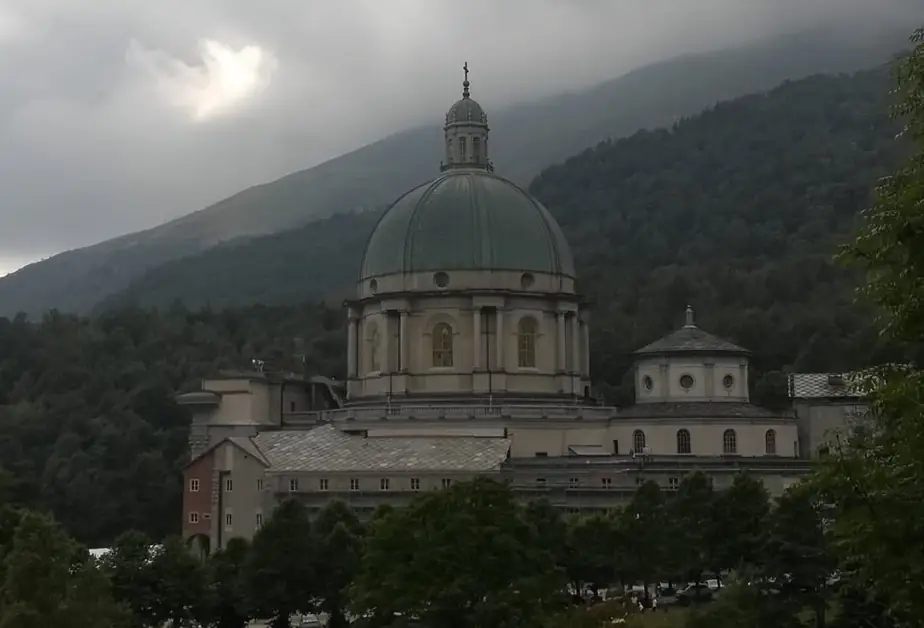Biella between history art and nature to visit
Biella is an unmissable destination between history art and nature.

Where is Biella and why visit it?
Biella is located in Piedmont, at the foot of the Biella Alps, in a panoramic and tranquil position between Turin and the Aosta Valley. This city surprises with its authentic atmosphere, cultural richness, and the variety of landscapes that surround it. Despite its small size, Biella is an ideal destination for those who love history, art, craftsmanship, and nature.
What is the main feature of Biella?
Biella is a city built on three levels, each of which tells a piece of its history. This peculiarity makes it unique in the Piedmont urban landscape. The Piano represents the oldest part, dating back to Roman times; the Piazzo is the medieval village that dominates the city from above; while the area along the Cervo stream preserves traces of the industrial past that made Biella famous worldwide for textile production.
What to see in the Piano of Biella?
The Piano is the historical heart of the city and preserves monuments from different eras. Don’t miss the Baptistery of San Giovanni Battista, one of the oldest examples of Romanesque architecture in Piedmont, and the Romanesque bell tower, a symbol of the city. Not far away is the Church of San Sebastiano, a masterpiece of Piedmontese Renaissance, with an elegant cloister that now houses the Museum of the Biellese Territory. Strolling through the center, you can admire the 19th-century buildings that testify to the urban development of the 19th century, among elegant avenues and historic cafes.
What is Biella Piazzo and how to reach it?
The Piazzo is the medieval district of the city, founded in 1160 by Bishop Uguccione of Vercelli. To reach it, you can walk up or take the panoramic funicular, which offers splendid views of the city. Inside the village, the cobbled streets and medieval access gates retain the charm of a bygone era. The squares and historic buildings of the Piazzo, such as Palazzo Ferrero, Palazzo La Marmora, and Palazzo Gromo Losa, now host exhibitions, events, and cultural initiatives. In particular, Palazzo Gromo Losa is known for its magnificent Italian garden, which offers a delightful view of the mountains.
What is the connection between Biella and contemporary art?
Biella is a city that combines tradition and innovation. Along the Cervo stream, there are ancient wool mills now transformed into cultural spaces. One of the most famous is Cittadellarte - Fondazione Pistoletto, created by the artist Michelangelo Pistoletto. It is a place of great charm, where art, sustainability, and social innovation meet. Here you will find the largest exhibition of Pistoletto's works. Also worth visiting is the Sella Foundation, which preserves valuable photographic and industrial archives, and the MACIST, a contemporary art museum (temporarily closed). Finally, the Woolbridge Gallery in the former Lanificio Pria is a reference point for photography lovers and temporary exhibitions.
Why is Biella a UNESCO Creative City?
In 2019, Biella received the prestigious recognition of UNESCO Creative City in the Crafts and Folk Art sector, thanks to its textile and artisanal tradition. The city has been famous for centuries for producing high-quality wool, which has made international brands like Ermenegildo Zegna and Piacenza famous. This recognition enhances Biella's creative identity and its commitment to keeping the culture of making alive, promoting sustainability and innovation.
What does the title of Alpine City of the Year mean?
In 2021, Biella was designated Alpine City of the Year by an international jury. This title is awarded to locations that stand out for their commitment to environmental protection and sustainable development. Being part of the Network of Alpine Cities means collaborating with other communities to enhance the territory and implement the Alpine Convention, promoting responsible tourism, gentle mobility, and respect for nature.
What to do in Biella and its surroundings?
Biella is the ideal starting point for excursions among mountains and sanctuaries. Don’t miss the Sanctuary of Oropa, one of the most important religious complexes in the Alps, a UNESCO World Heritage Site. Trekking enthusiasts can explore the trails of the Burcina Park, famous for its blooming rhododendrons, or reach Monte Mucrone by cable car to enjoy breathtaking views. For those who prefer cultural experiences, Biella offers events throughout the year, such as art exhibitions, markets, and festivals related to craftsmanship and gastronomy.
Where to stay in Biella?
The city offers a wide range of accommodations. Those looking for charm and history can stay in the restored palaces of the Piazzo or in the ancient 19th-century villas transformed into boutique hotels. For those who prefer nature, there are agritourisms immersed in greenery and bed & breakfasts with views of the mountains. Many hotels offer wellness packages and tastings of local products, ideal for a relaxing weekend.
What to do in the evening in Biella?
In the evening, Biella offers a tranquil yet lively atmosphere. In the city center, there are typical Piedmontese restaurants where you can taste dishes like polenta concia or local cheeses. For culture lovers, the historic buildings often host concerts, literary events, and exhibitions. During the beautiful season, many squares come alive with outdoor aperitifs, shows, and live music. A suggestive place for an evening stroll is the Piazzo, with its illuminated streets and panoramic terraces from which to admire the city from above.


